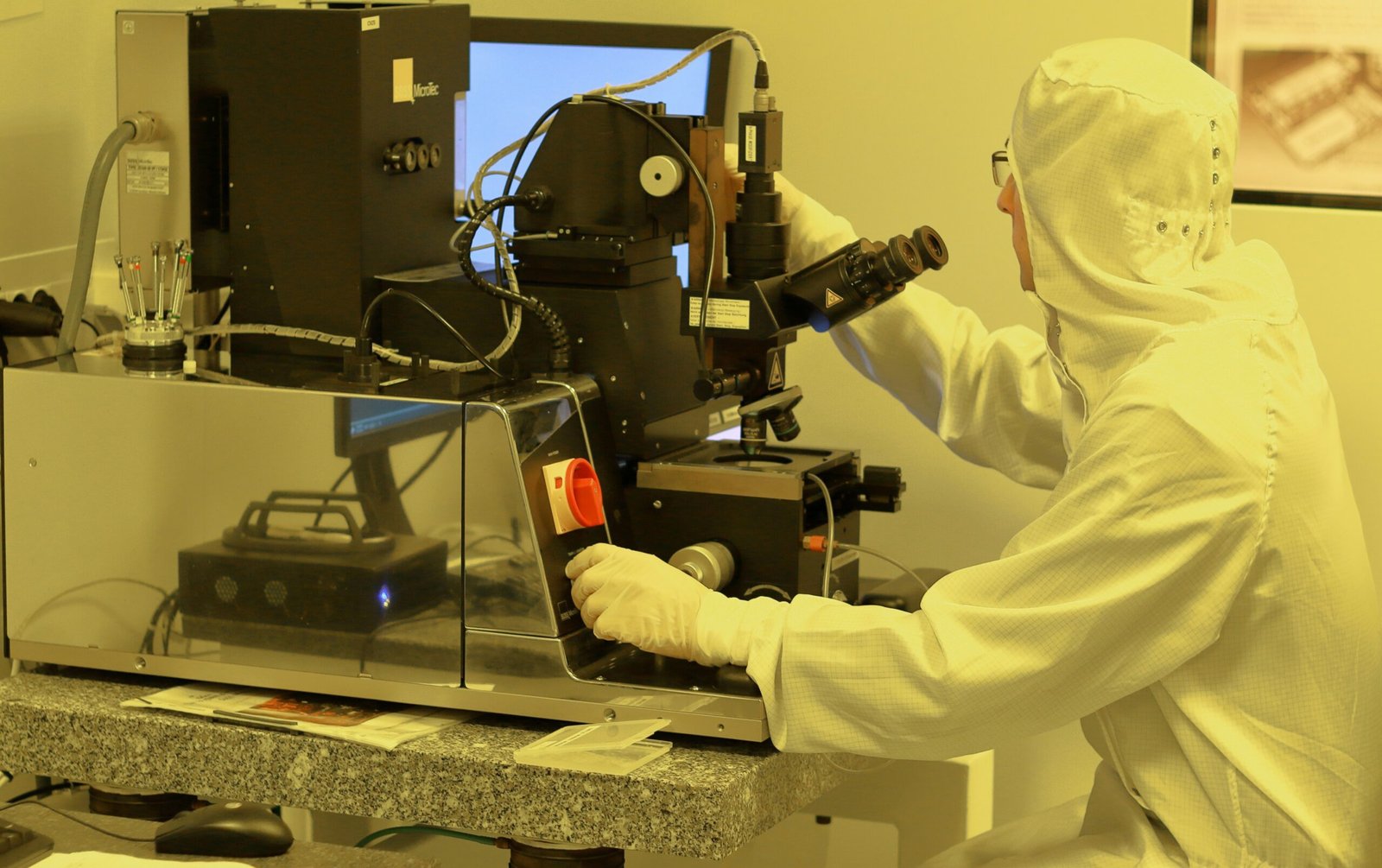Understanding Sarcopenia: Causes, Effects, and Prevention
March 28, 2024 | by Blog In Best

What is Sarcopenia?
Sarcopenia is a condition characterized by the loss of muscle mass, strength, and function that occurs as a result of aging. It is a natural part of the aging process, but it can be accelerated by factors such as sedentary lifestyle, poor nutrition, hormonal changes, and certain medical conditions.
As individuals age, they tend to experience a gradual decline in muscle mass and strength. This can lead to a variety of negative consequences, including decreased mobility, increased risk of falls and fractures, and reduced overall quality of life.
Sarcopenia is a significant health concern, as it can impact an individual’s ability to perform daily activities and maintain their independence. However, the good news is that sarcopenia is not inevitable and can be managed and even prevented through regular exercise and a healthy lifestyle.
Exercise is a key component in the prevention and management of sarcopenia. Resistance training, in particular, has been shown to be effective in preserving and even increasing muscle mass and strength in older adults. This type of exercise involves using weights, resistance bands, or bodyweight exercises to challenge the muscles and stimulate growth.
In addition to resistance training, aerobic exercise, such as walking, swimming, or cycling, can also be beneficial for maintaining overall health and muscle function. It helps improve cardiovascular fitness, which is important for endurance and stamina, and can also indirectly support muscle growth by increasing blood flow and nutrient delivery to the muscles.
Alongside exercise, proper nutrition plays a crucial role in preventing and managing sarcopenia. A diet rich in protein, vitamins, and minerals is essential for muscle health. Protein, in particular, is important for muscle repair and growth, so it is recommended to include protein-rich foods such as lean meats, poultry, fish, eggs, dairy products, legumes, and nuts in the diet.
Furthermore, adequate calorie intake is necessary to provide the energy needed for exercise and muscle maintenance. It is important to strike a balance between calorie consumption and expenditure to prevent muscle wasting and promote overall health.
In addition to exercise and nutrition, other lifestyle factors can also influence the development and progression of sarcopenia. For example, smoking and excessive alcohol consumption have been associated with increased muscle loss and decreased muscle function. Therefore, quitting smoking and moderating alcohol intake can be beneficial for overall muscle health.
Lastly, it is important to address any underlying medical conditions that may contribute to sarcopenia. Hormonal imbalances, such as low testosterone or estrogen levels, can accelerate muscle loss. In such cases, hormone replacement therapy may be recommended under the guidance of a healthcare professional.
In conclusion, while sarcopenia is a natural part of the aging process, it can be managed and even prevented through regular exercise, proper nutrition, and a healthy lifestyle. By incorporating resistance training, aerobic exercise, and a balanced diet into daily life, individuals can maintain muscle mass, strength, and function, ultimately improving their overall quality of life as they age.
RELATED POSTS
View all




